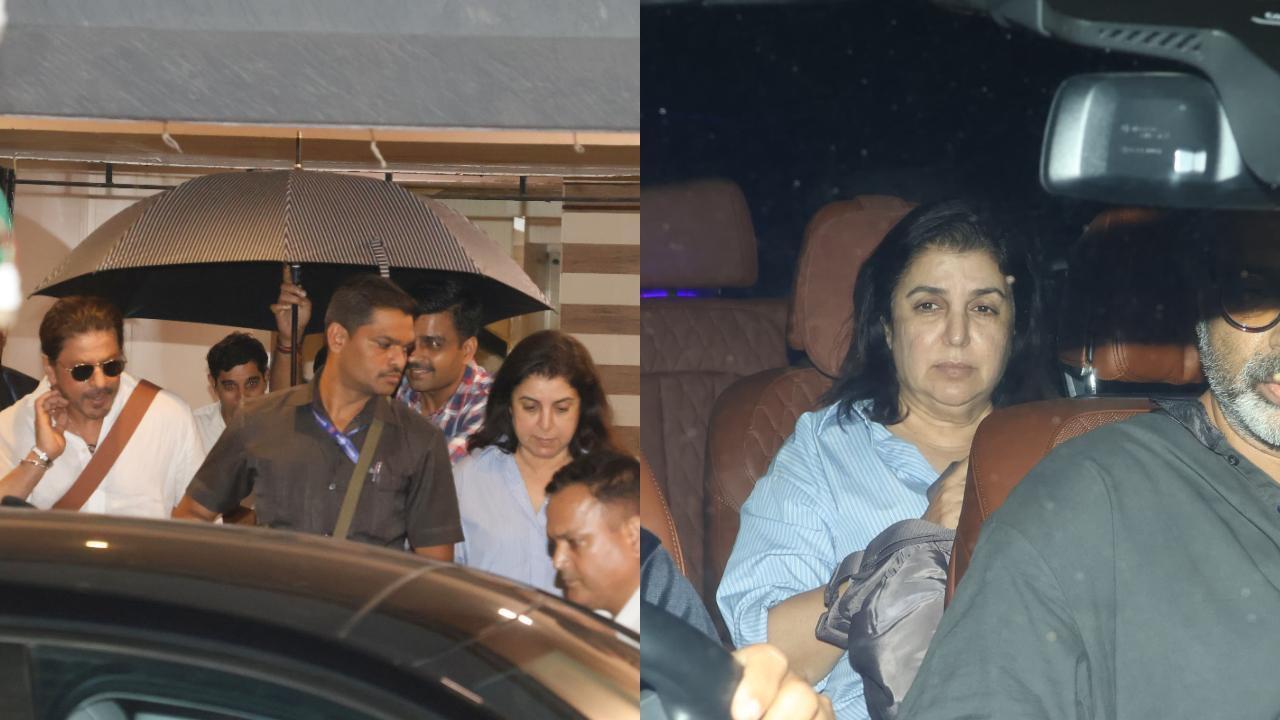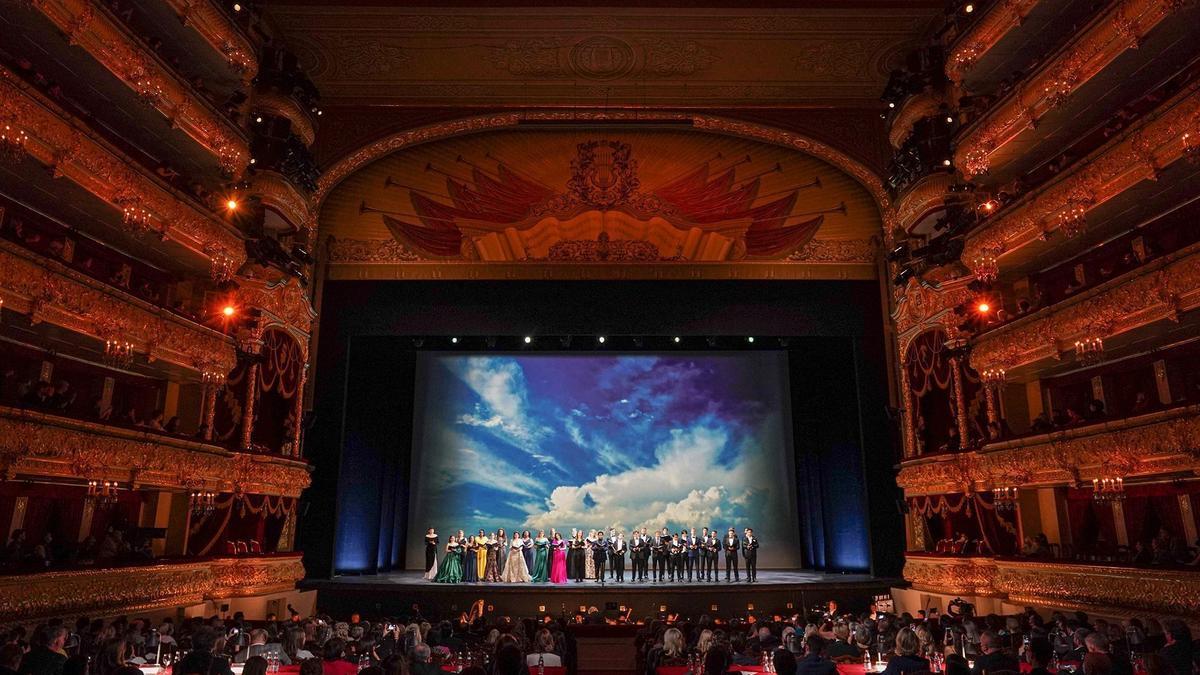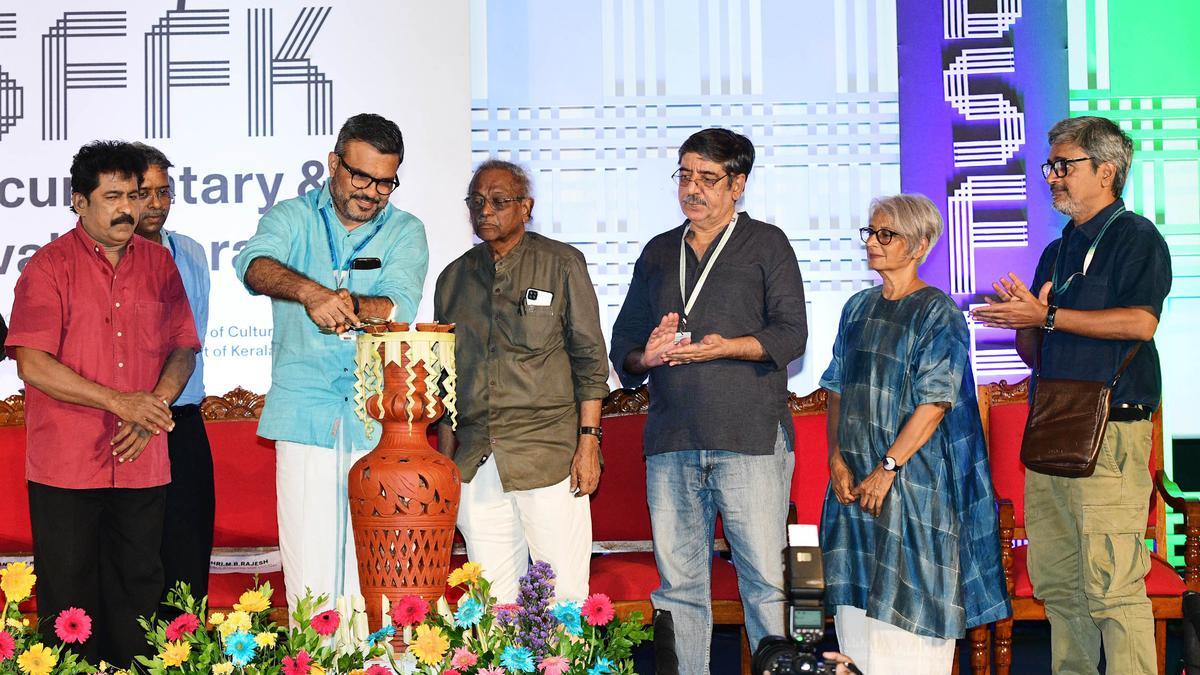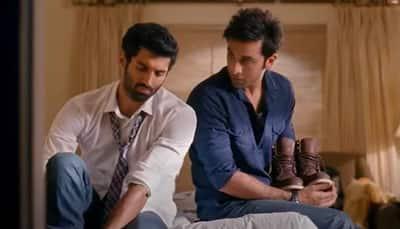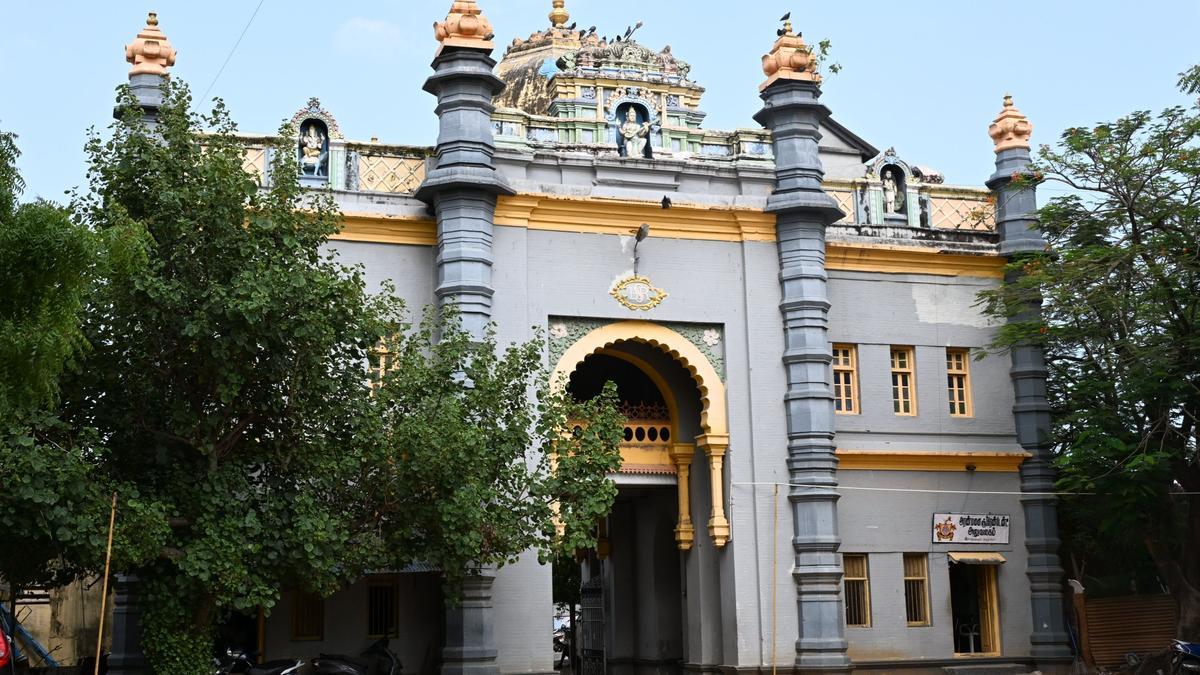
Ramanathapuram’s historical gem, the Ramalinga Vilasam, draws visitors with its mesmerizing murals that depict an assortment of scenes from revered texts such as the Ramayana and the Bhagavatam, along with Sthalapuranams of temples, and significant events in the life of Muthu Vijaya Raghunatha Sethupathy. This 18th-century heritage, however, is currently in dire need of restoration as the murals are rapidly deteriorating.
The murals, painted during the reign of Muthu Vijaya Raghunatha Sethupathy, who ascended to the throne in 1713, are in a state of demise due to the passage of time and neglect. The once vibrant and exquisite paintings have dimmed, and many are on the verge of obliteration. Senior archaeologists emphasize that immediate cleaning and preservation are essential to prevent the murals from disappearing forever. “Dust has gathered on the surface. They need to be cleaned before any preservation work starts. Redrawing them would destroy the integrity of the original artwork,” a noted senior archaeologist commented.
The palace, which now functions as a museum under the stewardship of the Department of Archaeology, is akin to a temple in its architecture, featuring a sanctum sanctorum, artha mandapam, and maha mandapam, adding to its historic and cultural value. According to S.M. Kamal, the author of “Sethupathy Mannar Varalaru,” the murals were intended to foment social and political awakening among the Maravar Seemai populace.
What truly sets the murals of Ramalinga Vilasam apart is their extensive coverage of every nook and cranny of the palace. Kamal suggests they can be favorably compared to the renowned Ajantha paintings. The palace was constructed during the reign of Ragunatha Kizhavan Sethupathy (1678-1710) with the assistance of the trader and philanthropist Seethakathi of Keezhakarai. Historical texts indicate that Ramalinga Vilasam is unique in its secular-themed murals, which are comparable to the Pahari and other northern Indian schools of painting.
The murals are labeled in both Tamil and Telugu and depict Muthu Vijaya Ragunatha Sethupathy in various poses, with his name inscribed in several places.
. Arched ceilings portray Sethupathy in multiple avatars: receiving the royal sceptre from Goddess Raja Rajeswari, listening to Rama Katha, and dressed as Manmatha alongside his wife, Rati. The murals also illustrate the battles between the Sethupathy and the Marathas of Thanjavur, complete with cannon names, showcasing their historical depth.
Another significant mural depicts Sethupathy welcoming three Europeans alongside a Jesuit missionary, providing a poignant reminder of the missionaries’ arduous journey through Ramanathapuram. The Jesuit priest John D Britto faced exile from the region after converting the Palayakar of Seruvathi, an act that led to his execution ordered by Kizhavan Sethupathy in 1692.
Nagaswamy, a well-known archaeologist who prepared an archaeological guide for the composite Ramanathapuram district along with writer N.S. Ramaswami, observed that the rear hall, held sacred by the Sethupathys, includes paintings portraying scenes from the entire Ramayana. An inscribed panel even shows Madura Nayak Vijaya Ranga Chokkanatha Nayak performing Ratna Pattabisheka to Sethupathy. Kamal posits that the paintings were likely crafted during the period of Muthu Vijaya Raghunatha Sethupathy by Andhra Pradesh artists, influenced by the Nayak rule in Madurai.
The museum also houses an array of historical weapons, including the Valari, a boomerang-like weapon used by the Sethupathys and Marudu Brothers, which became notorious among the British army. The East India Company banned it after defeating the Marudu Brothers and offered monetary rewards for surrendered weapons. Colonel Welsh, a former friend turned adversary of the Marudu Brothers, praised the Valari in his reminiscences, acknowledging its deadly accuracy.
Glass cabinets within the museum preserve various types of swords, some engraved with the British emblem, further emphasizing the rich martial history of the region.
Ramalinga Vilasam stands as a testament to the valor and history of the Sethupathys who ruled Maravar Seemai. Nevertheless, the priceless murals and the history enshrined within them teeter on the brink of disappearance if immediate action is not taken to preserve this cultural treasure. The murals embody not only the artistic heritage but also the historical narrative of Ramanathapuram, a story waiting to be saved for future generations.



